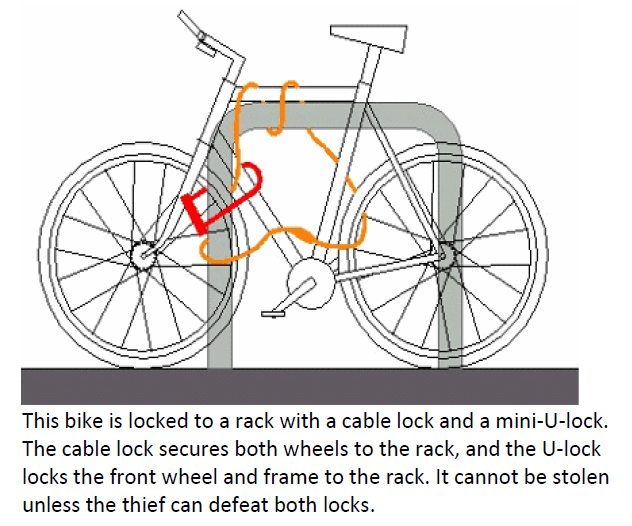Free Bike Cages!
There are multiple bike cages in Longwood Medical Area (LMA) and a cage at the Landmark center. There is a separate process to register for each location. Some notes on the use of bike cages:
- You must register your bike before using the bike cages
- You cannot use the bike cages for long-term bike storage (intended for daily commuting)
- A Harvard ID is required for tap access to the LMA bike cages
- You must be based in a Harvard Longwood Campus Building (HDSM, HMS, HSPH) to register for the LMA cages
- While the bike cages are covered, they can still get wet inside when it rains
- There are bike pumps and fix stations near the Goldenson and Vanderbilt Hall cages
How to Register for LMA Bike Cages
- Fill out the registration form available here
- Usually 48 hours later (excluding weekends) the tap access will be enabled. If your tap is not working after 72 hours please email – HMS Parking Office at parking@hms.harvard.edu
- Note, the decal will be mailed to you, typically after the tap access has been activated
- You’ll need your bike’s serial number, manufacturer, model, and color to fill out the form
- Put the Harvard decal sticker on your bike, upon receipt
- You’re good to go! Now your HUID will let you into any of the bike cages on the Longwood campus.
How to Register Landmark Center Bike Cage
- You must fill out the Bike-Cage-Agreement to register for the bike cage in the Landmark Building
- This cage is only for full-time employees, faculty, or students who have an office at Landmark
- The cage is located in the parking garage under Landmark Center.
Problems?
- If you have any trouble with the bike cages on the Longwood campus, call the Harvard Longwood Campus Commuter Services and Parking Office at 617-432-1111 or email at parking@hms.harvard.edu
- If you have any trouble with the bike cage at Landmark, call 617-603-5600.
How to Secure Your Bike
ALWAYS LOCK YOUR BIKE. Theft happens, even in the Longwood Medical Area.
It’s helpful to remove all quick-release mechanisms from your bike. Trade out your quick-release wheel skewers for ones that need an Allen wrench. Change the one on your seat to a nut and bolt. Doing so means it will take more time and preparation for a thief to steal these components from your bike.

Use two different locks with separate locking mechanisms – a U-lock and a cable lock, for example. Few thieves carry the tools necessary to cut both. Don’t use a cable that attaches to your U-lock – once the thief gets through the U-lock, the cable offers no resistance.
Use your U-lock to secure your front wheel and frame to a bike rack or closed-loop stand. Then, use your cable lock to secure both wheels and the frame to the stand or rack. Be careful of open-top posts that allow thieves to steal your bike by lifting them over the top. Also, it’s illegal in Boston to lock your bike to a handicap parking sign.
Lastly, a small U-lock is better than a large one, as they’re harder to pry open with a crowbar.
Please do not lock your bike to hand railings, handicap parking signs, trees, trash bins, or benches.



